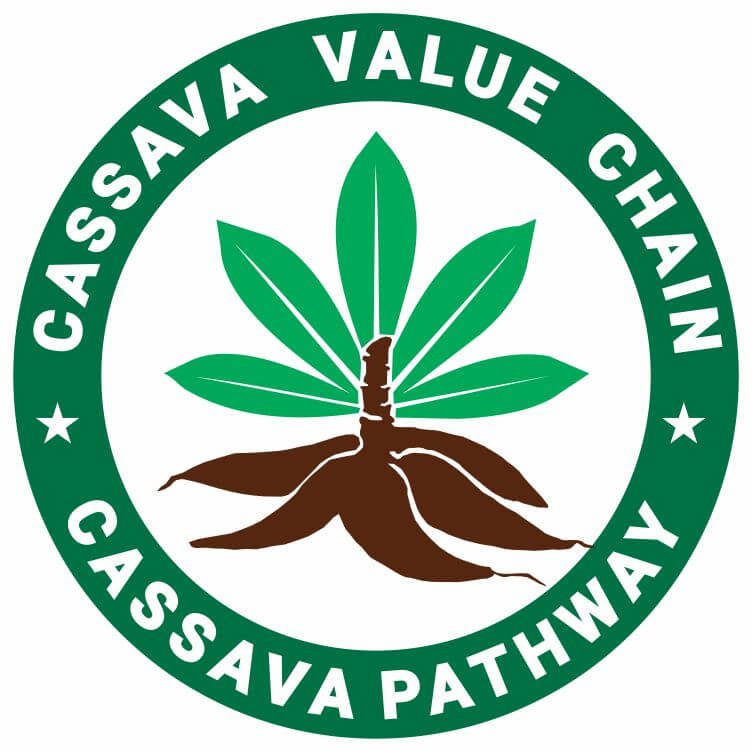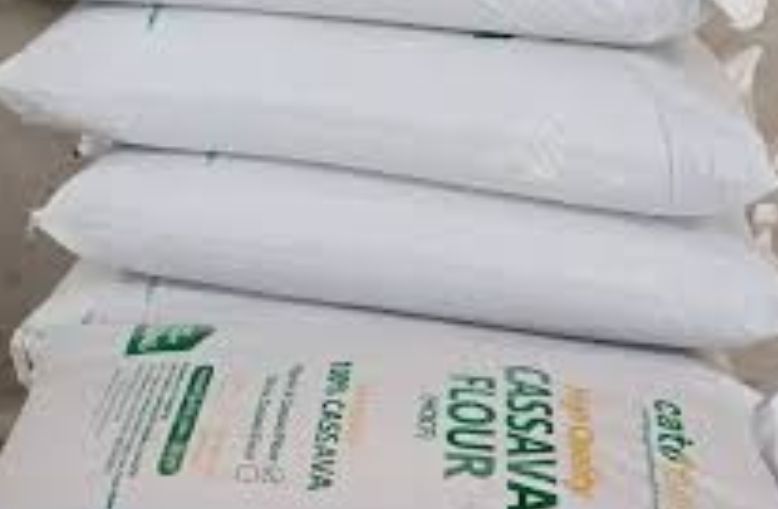Discover the secret to producing high-quality cassava flour HQCF with the best processing methods! From peeling to drying, learn how to achieve premium flour for various culinary and industrial applications.
High-Quality Cassava Flour HQCF is a finely processed cassava flour produced through strict quality control measures to ensure its suitability for food and industrial applications.
Unlike traditional cassava flour, HQCF undergoes specific processing techniques to eliminate impurities, enhance shelf life, and maintain a consistent fine texture.
This article explores the detailed method of producing HQCF, highlighting each crucial step to achieve the desired quality standards.
Related: The Four Methods for Producing Cassava Flour

Table of Contents
- Importance of High-Quality Cassava Flour HQCF
- The HQCF Production Process
- Considerations for Producing High-Quality Cassava Flour
- Applications of High-Quality Cassava Flour
- Conclusion
Importance of High-Quality Cassava Flour HQCF
HQCF is widely used as a substitute for wheat flour in baking, thickening agents, adhesives, and other industrial applications. It offers several benefits, including:
- Gluten-Free Alternative: Ideal for individuals with gluten intolerance or celiac disease.
- Economic Value: Reduces dependency on imported wheat flour, boosting local economies.
- Extended Shelf Life: Proper processing ensures reduced moisture content, preventing spoilage.
- Versatility: Used in baking, snack production, and composite flour formulations.
Related: Fermentation Method of Making Cassava Flour
The HQCF Production Process
The production of High-Quality Cassava Flour involves several crucial steps, from harvesting to packaging. Each step is meticulously executed to maintain high standards.
1. Selection and Harvesting of Cassava Roots
- Only mature, fresh cassava roots (9–12 months old) are selected for HQCF production.
- The roots should be free from rot, disease, or excessive fiber content.
- Prompt harvesting and processing (within 24 hours) prevent post-harvest deterioration and fermentation.
2. Sorting and Washing
- The harvested cassava roots are sorted to remove damaged or diseased tubers.
- The roots are thoroughly washed using clean water to remove dirt, sand, and other contaminants.
- Some industrial setups use mechanized washers for efficiency and consistency.
3. Peeling
- The outer skin (corky layer) and thin inner skin are removed using manual knives or mechanical peelers.
- Proper peeling prevents the inclusion of unwanted bitter compounds and fibers.
- Peeled roots are inspected for any defects before further processing.
Related: Organic Cassava Flour Suppliers
4. Grating or Chipping
- The peeled cassava is grated into fine mash using mechanized graters.
- Alternatively, some facilities use chippers to produce small, uniform cassava pieces.
- Grating increases the surface area for efficient water removal during pressing and drying.
5. Dewatering (Pressing)
- The grated cassava mash undergoes dewatering to remove excess moisture.
- Hydraulic or screw presses are commonly used to achieve optimal moisture reduction.
- Proper dewatering is crucial for faster drying and to prevent microbial growth.
6. Drying
- The dewatered cassava mash is spread on clean drying trays or surfaces.
- Sun drying or mechanical dryers (flash dryers, rotary dryers) are used to reduce moisture to 10–12%.
- Quick and controlled drying prevents fermentation and maintains flour whiteness.
7. Milling and Sieving
- The dried cassava chips or granules are finely milled into a smooth flour.
- Hammer mills or disc mills ensure uniform particle size distribution.
- The flour is sieved to remove coarse particles, ensuring fine-textured HQCF.
8. Quality Control Checks
- Moisture content, color, particle size, and microbial load are analyzed.
- Contaminants such as aflatoxins and cyanogenic compounds are tested to meet safety standards.
- Only flour that passes quality assurance checks proceeds to packaging.
9. Packaging and Storage
- HQCF is packed in moisture-resistant polypropylene bags to prevent reabsorption of moisture.
- The flour is stored in a dry, ventilated environment to prolong shelf life.
- Proper labeling includes batch numbers, production dates, and regulatory compliance marks.
Related: Industrial Method of Making Cassava Flour
Considerations for Producing High-Quality Cassava Flour
To maintain consistency and high quality, producers must adhere to the following best practices:
- Use Fresh Cassava Roots: Delays in processing lead to fermentation and poor flour quality.
- Ensure Proper Drying: Moisture content should not exceed 12% to prevent mold growth.
- Adopt Mechanized Processing: Reduces labor, increases efficiency, and ensures uniform quality.
- Conduct Regular Quality Testing: Checks for microbial safety, particle size, and color consistency.
- Use Hygienic Processing Facilities: Prevents contamination and ensures regulatory compliance.
Related: Popular Cassava Flour Operators in the US
Applications of High-Quality Cassava Flour
HQCF serves multiple purposes in the food and industrial sectors:
- Bakery Industry: Used in bread, cakes, and biscuits as a partial wheat flour substitute.
- Noodle and Pasta Production: Enhances texture and elasticity in gluten-free products.
- Thickening Agent: Ideal for soups, sauces, and gravies.
- Industrial Applications: Used in adhesives, paper production, and biodegradable plastics.
Conclusion
The production of High-Quality Cassava Flour (HQCF) requires careful selection, proper processing techniques, and stringent quality control measures.
By following the outlined steps, producers can achieve a superior product that meets market standards for food and industrial applications.
With its economic and nutritional benefits, HQCF remains a valuable commodity, contributing to food security and reducing reliance on wheat imports.

Chimeremeze Emeh is a writer and researcher passionate about Africa’s most transformative root crop—cassava. Through his work at cassavavaluechain.com, he explores the entire cassava industry, from cultivation and processing to its diverse applications in food, health, and industrial use.
He also writes for palmoilpalm.com, where he shares his extensive experience and deep-rooted knowledge of palm oil, covering red palm oil, palm kernel oil, and refined products. His work there reflects his lifelong connection to agriculture and his commitment to promoting sustainable value chains in Africa.
Driven by curiosity and purpose, Chimeremeze aims to shed light on how cassava continues to empower communities, strengthen food systems, and link traditional farming wisdom with modern innovation.

